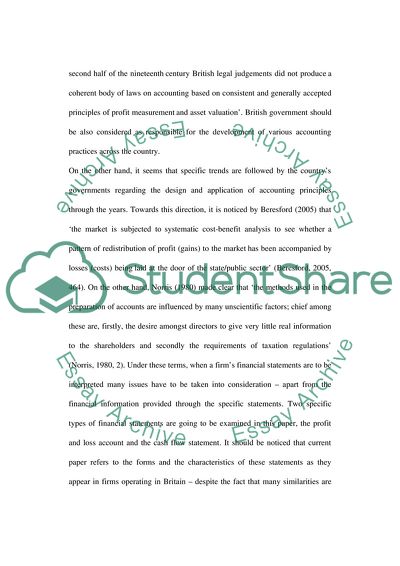Cite this document
(MBA- Accounting for Managers Coursework Example | Topics and Well Written Essays - 3000 words, n.d.)
MBA- Accounting for Managers Coursework Example | Topics and Well Written Essays - 3000 words. https://studentshare.org/finance-accounting/1714791-mba-accounting-for-managers
MBA- Accounting for Managers Coursework Example | Topics and Well Written Essays - 3000 words. https://studentshare.org/finance-accounting/1714791-mba-accounting-for-managers
(MBA- Accounting for Managers Coursework Example | Topics and Well Written Essays - 3000 Words)
MBA- Accounting for Managers Coursework Example | Topics and Well Written Essays - 3000 Words. https://studentshare.org/finance-accounting/1714791-mba-accounting-for-managers.
MBA- Accounting for Managers Coursework Example | Topics and Well Written Essays - 3000 Words. https://studentshare.org/finance-accounting/1714791-mba-accounting-for-managers.
“MBA- Accounting for Managers Coursework Example | Topics and Well Written Essays - 3000 Words”. https://studentshare.org/finance-accounting/1714791-mba-accounting-for-managers.


